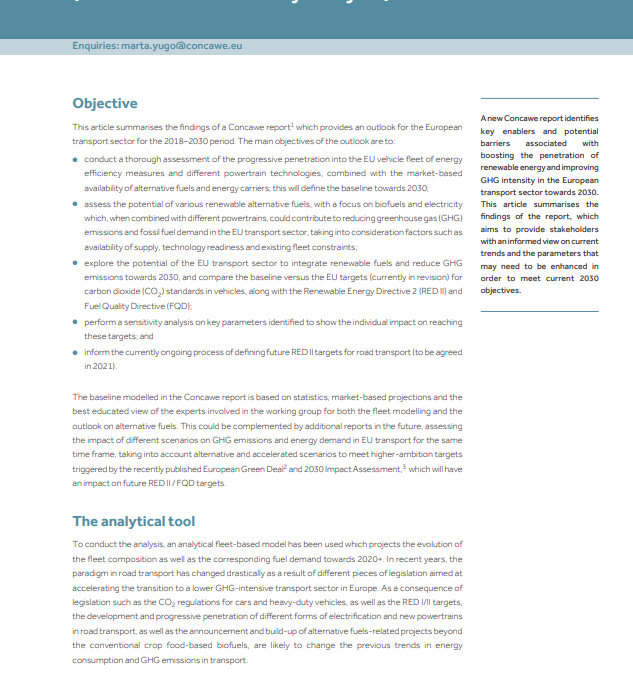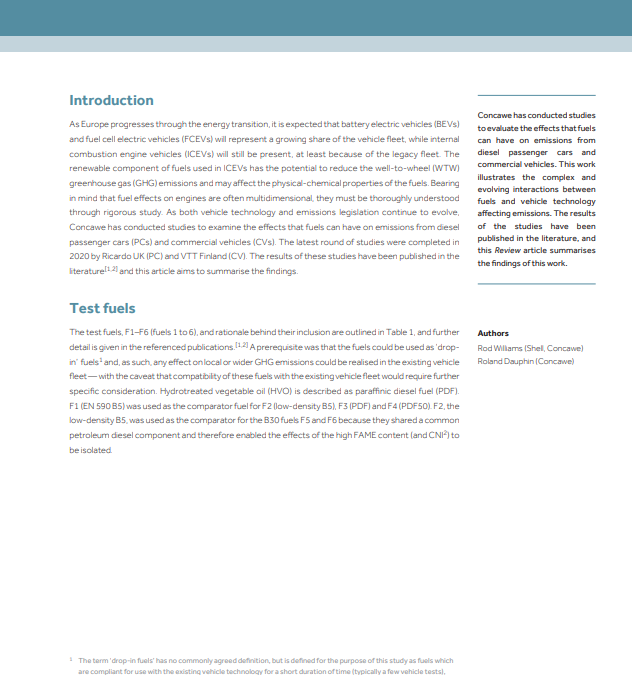

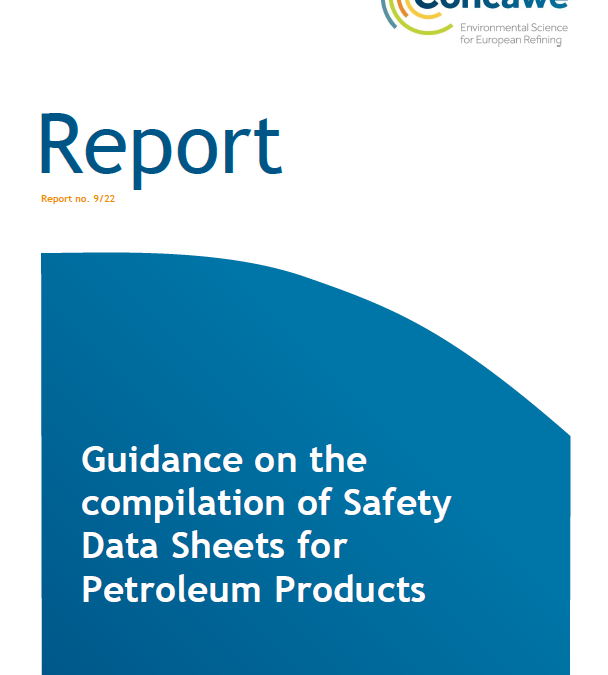
Guidance on the compilation of Safety Data Sheets for Petroleum Products
Report no. 9/22: This Guidance addresses the specific Concawe recommendations for authoring of (extended) Safety Data Sheets for Unknown or Variable composition, Complex reaction products or of Biological materials (UVCB) petroleum substances, and mixtures containing...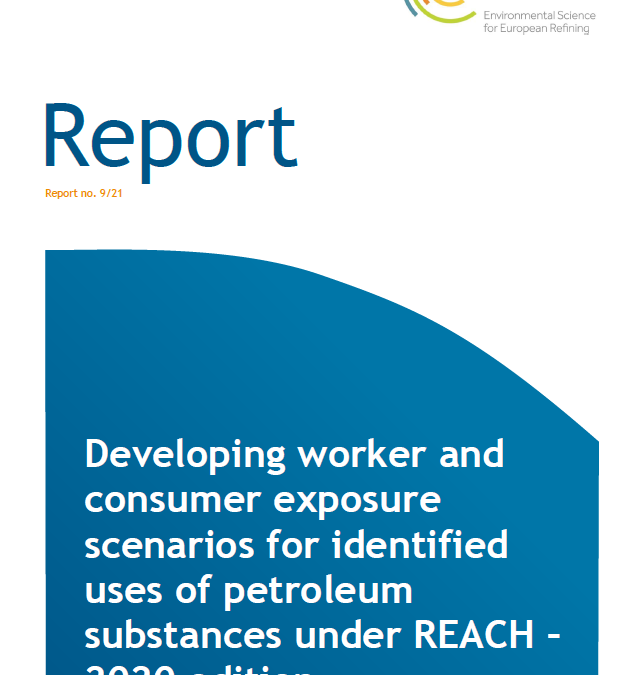
Developing worker and consumer exposure scenarios for identified uses of petroleum substances under REACH – 2020 edition
Report no. 9/21: This report sets out the approaches that Concawe has adopted in developing worker and consumer Exposure Scenarios for identified uses of petroleum substances under REACH. Exposure Scenarios had been initially developed by Concawe in view of the REACH...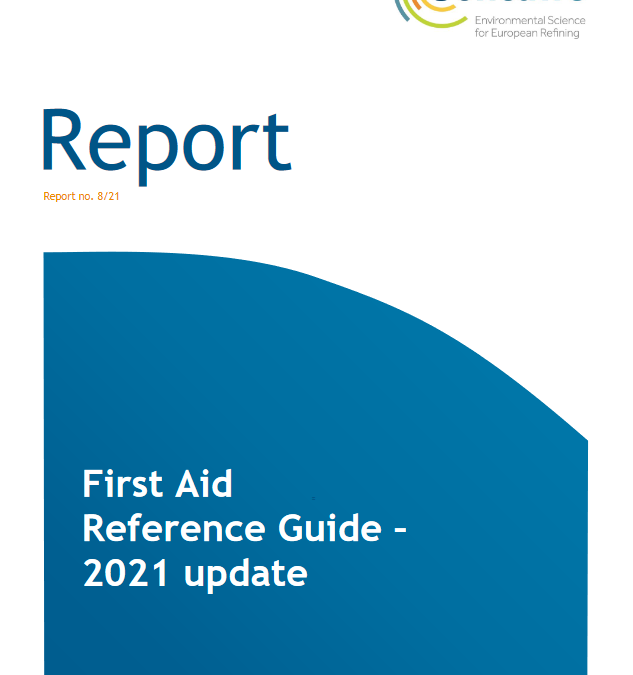
First Aid Reference Guide – 2021 update
Report no. 8/21: The “First Aid Reference Guide – 2021 update” is designed to provide additional information on the first aid measures in the event of significant on-site exposures to petroleum substances. This document is intended for trained first aiders and is not...